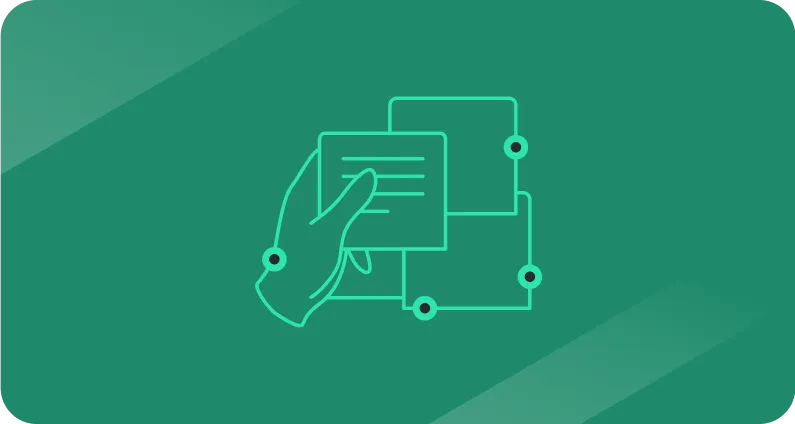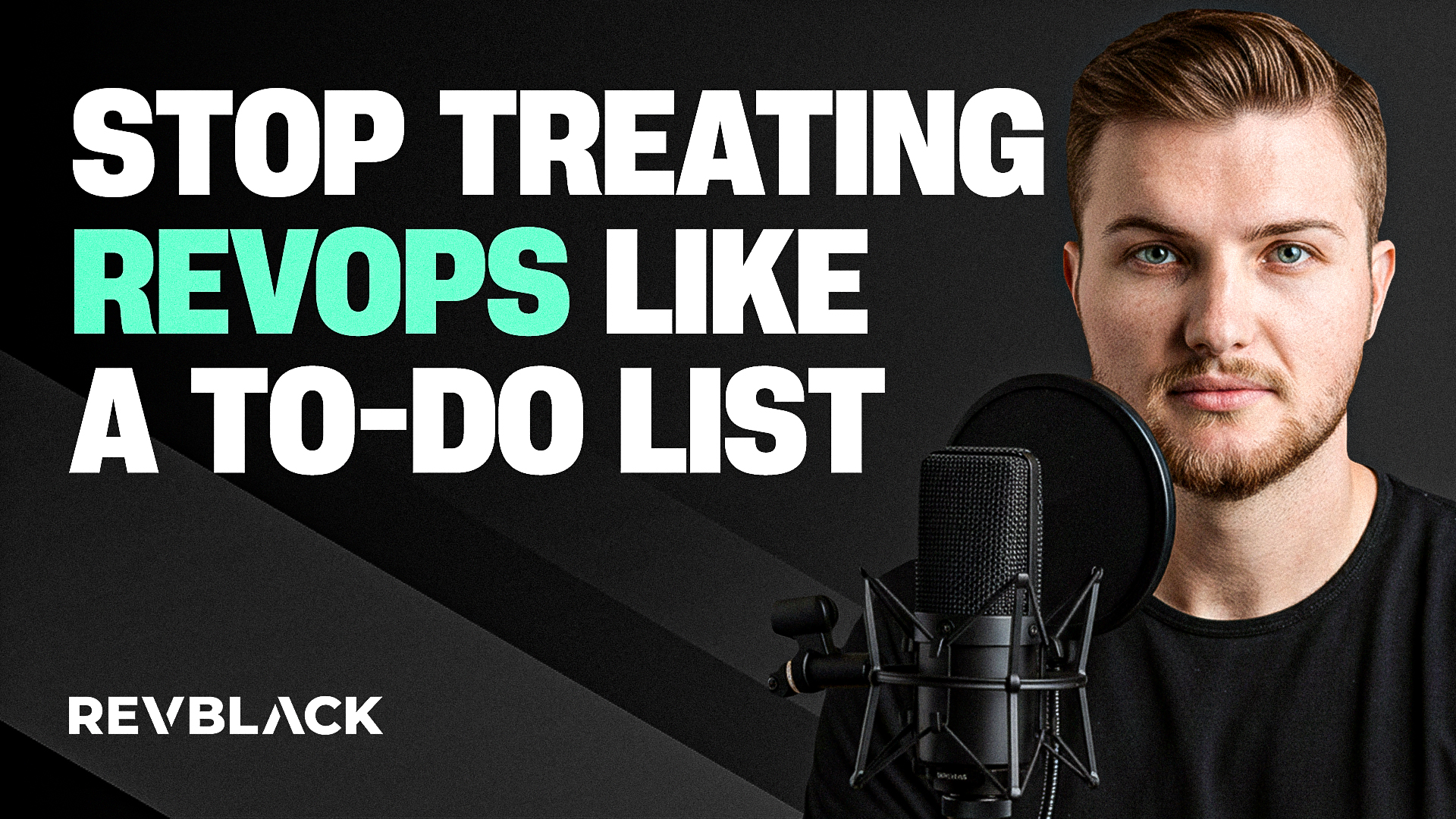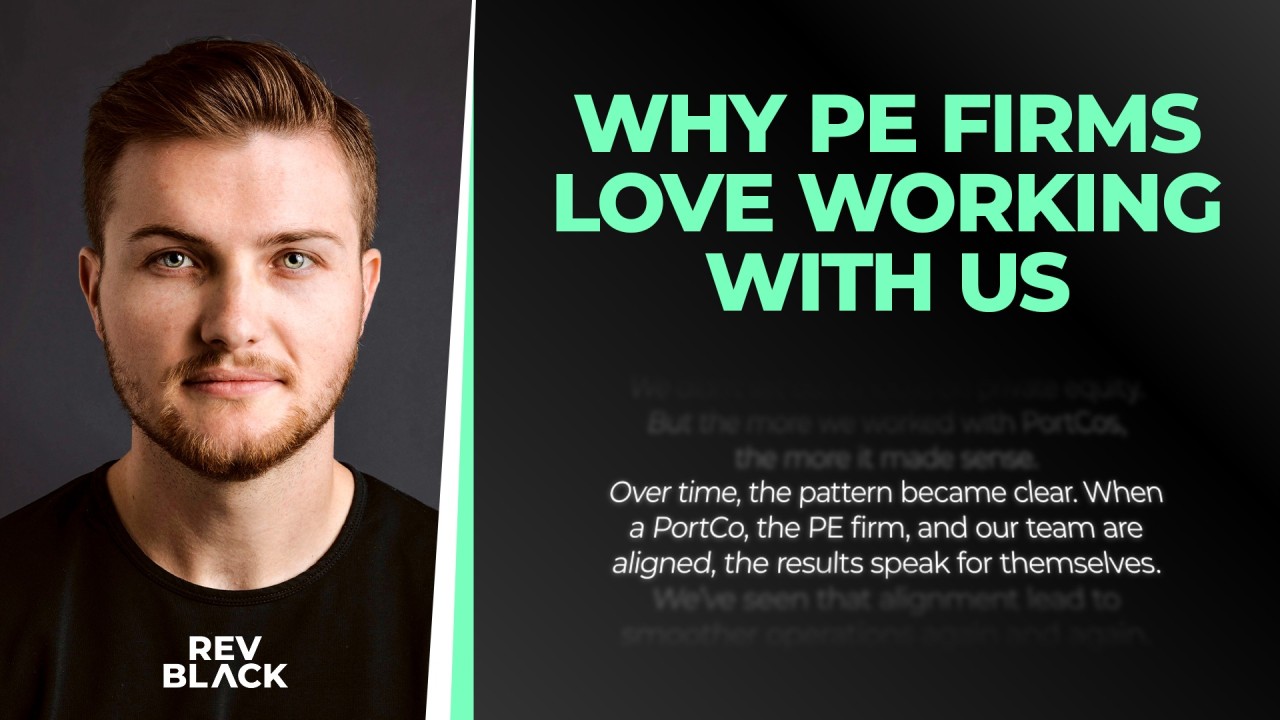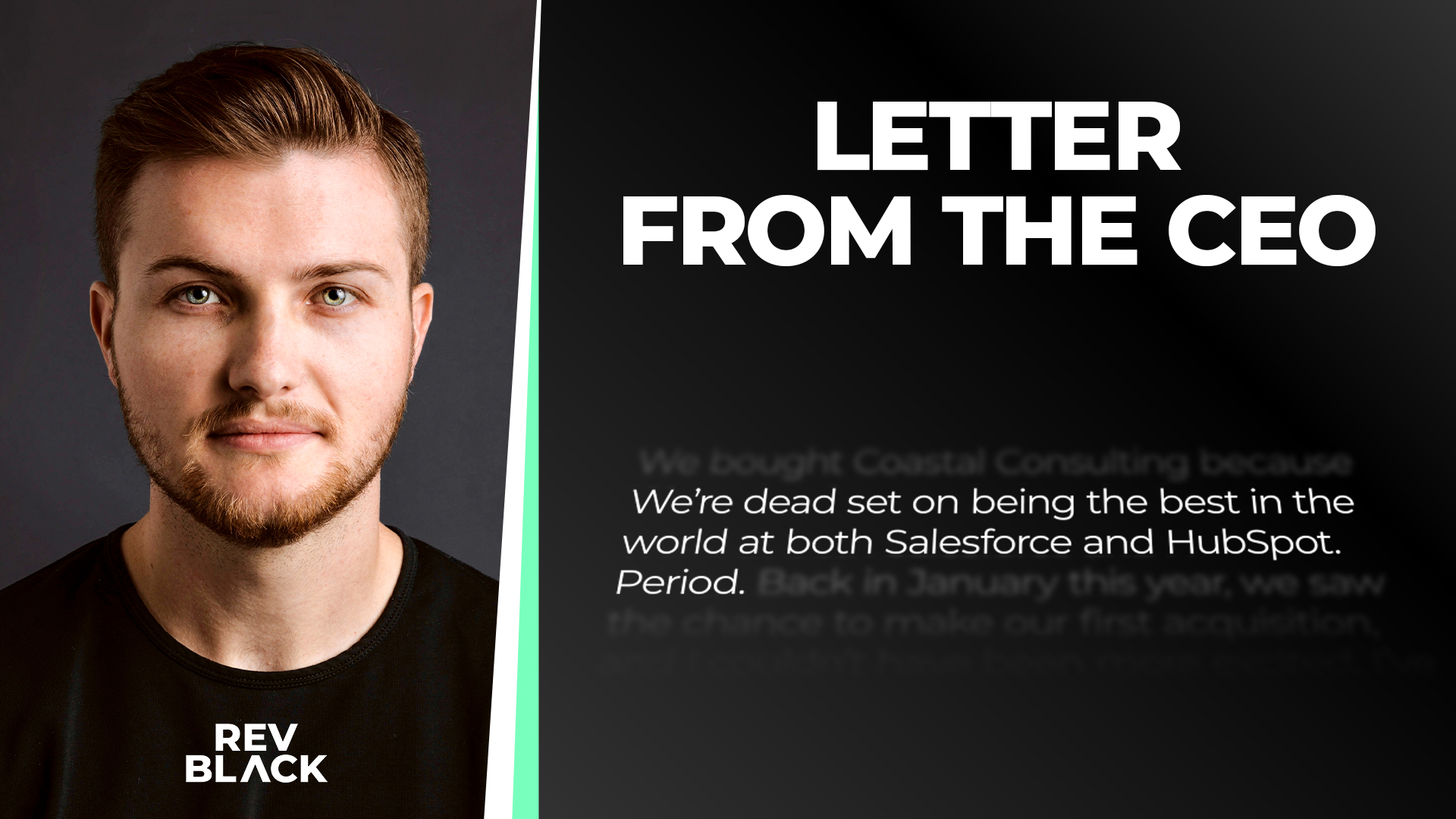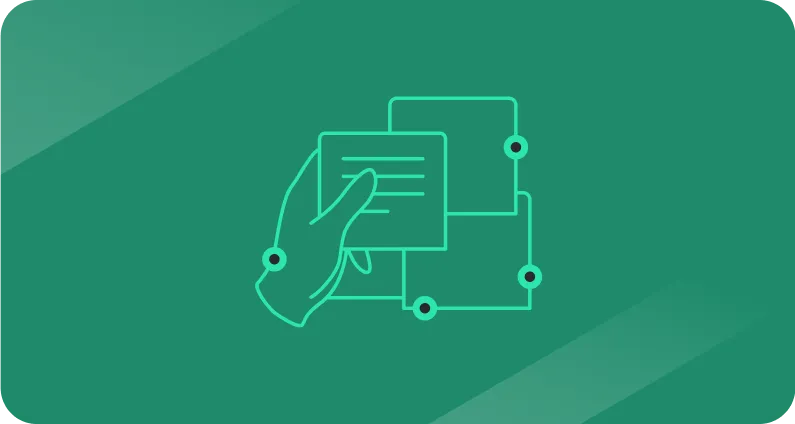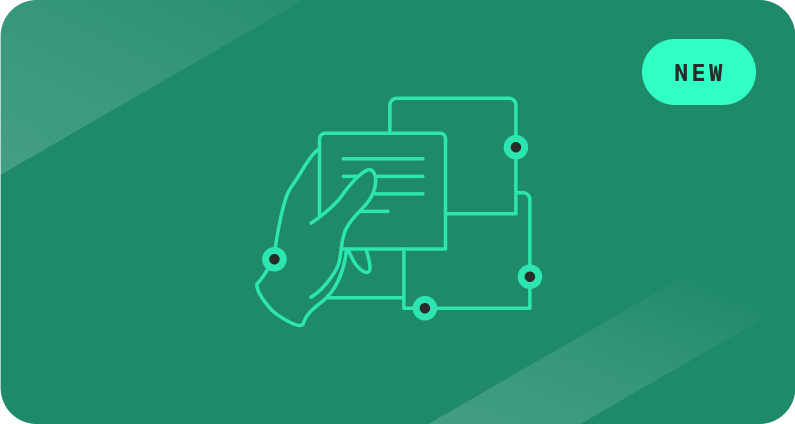Build a superior outbound sales strategy with HubSpot and Salesforce
Learn how objectives-based selling, reporting, and RevOps alignment drive growth.

Outbound selling still works (if you do it right).
For years, outbound earned itself a lousy reputation, and fair enough. Pushy cold calls and spray-and-pray email blasts annoyed just about everyone.
That model doesn’t work anymore.
But outbound done right, in other words, rooted in relevance and enabled by the right systems, still converts.
The tools matter.
Salesforce remains the CRM of record for most sales organizations, while HubSpot Sales Hub adds a layer of enablement and orchestration that Salesforce doesn’t natively offer.
But tools alone won’t fix an outdated approach.
To make outbound work in 2025, you need a strategy that starts with the buyer’s objectives, not your pipeline goals
Strategy first: objectives-based outbound
The modern outbound motion is objectives-based.
That means instead of leading with what you need (“book a meeting,” “hit quota”), you frame your outreach around the prospect’s business objectives.
The way to get there is simple but powerful:
- Start with your current customers. Group them not by industry or company size, but by the problems you solved for them.
- Build outbound content around those problem/solution sets.
- Focus on the highest-value problems first, then identify companies most likely facing the same issues.
- Engage prospects across channels (email, LinkedIn, even calls), validating that they share the challenges you’ve solved before.
Once a prospect confirms the pain point, flood them with value.
Share perspectives, case studies, and solutions that prove you’re worth their time.
This flips outbound on its head. Instead of asking for a meeting as the first step, you earn the meeting by solving first.
Reporting: measure more than dials and emails
Traditional outbound metrics, like calls made, emails sent, meetings booked, revenue closed, are useful but incomplete.
They only measure the visible activity, not the broader impact.
An objectives-based outbound strategy should borrow from marketing metrics to measure influence, not just output.
Track how outbound campaigns affect:
- Website traffic
- Content downloads
- Webinar registrations
- Newsletter subscriptions
This paints a fuller picture.
Outbound shouldn’t be about bottom-funnel conversions; it should aim to shape awareness, create demand, and accelerate deals.
The smartest teams today track both sales KPIs and marketing metrics to understand outbound’s real ROI.
Why HubSpot + Salesforce is the right stack for outbound
Salesforce is the enterprise CRM standard. It’s unmatched in pipeline management, forecasting, and long-term account tracking.
But on its own, Salesforce doesn’t excel at sales enablement for outbound. That’s where HubSpot Sales Hub changes the game.
When integrated properly, HubSpot’s enablement features slot neatly into Salesforce’s CRM backbone.
Your reps stay aligned on account data while gaining modern tools that make outbound smoother, faster, and more measurable.
Here’s how HubSpot enhances outbound in a Salesforce-led stack:
- Identify target accounts in HubSpot
Using HubSpot’s Target Accounts feature, sales teams can track:
- Total target accounts
- Accounts with open deals
- Deal values tied to those accounts
- Buying roles identified (decision makers, influencers, champions)
This gives you an account-based selling lens layered directly into Salesforce data.
Remove friction with meeting links
The first goal of outbound is a booked meeting.
Salesforce doesn’t offer an out-of-the-box scheduling link.
HubSpot Sales Hub does. Reps can create branded scheduling links with custom availability and qualification questions.
These links drop into email signatures, LinkedIn profiles, or outbound campaigns. When a prospect books, the meeting automatically logs in both HubSpot and Salesforce, tying the activity to account and opportunity reporting.
- Track calls directly in HubSpot
Cold calls aren’t dead either.
For teams running a call-heavy motion, HubSpot’s call tracking lets reps initiate, log, and record calls directly in the CRM.
Volume and connection rates become easy to report on, and managers gain visibility into conversations.
For advanced calling, integrations like Kixie can layer onto HubSpot or Salesforce for power dialing, local presence, and more.
- Orchestrate outreach with sequences
Outbound success is about consistency.
Salesforce supports 1:1 email but doesn’t natively provide sequencing.
HubSpot Sales Hub gives reps sequences that combine email steps, call reminders, and LinkedIn touches to ensure prospects don’t fall by the wayside.
Once target contacts are identified, you can bulk-enroll them into sequences manually or via workflows.
That balance of automation and personalization is what drives scale without losing relevance.
The RevOps lens on outbound
Outbound doesn’t live in a silo. It’s a revenue motion, which means it has to align with RevOps.
RevOps ensures outbound isn’t just a flurry of activity but a coordinated effort that ties into marketing campaigns, customer success signals, and the broader revenue engine.
Without RevOps oversight, outbound teams risk duplicating marketing, missing key handoffs, or misaligning pipeline reporting.
This is why the HubSpot + Salesforce pairing is so powerful for RevOps leaders: Salesforce provides the system of record, while HubSpot delivers the enablement layer that creates visibility into outbound’s impact across the funnel.
To fully grasp the importance of RevOps, read our perspective on why RevOps is the most misunderstood function in business.
At RevBlack, we help companies not only retool outbound but rethink how it fits into the broader revenue engine. If you’re building or refining your sales motion, this piece is part of our operations guide library, where we break down playbooks that align sales, marketing, and success.
Together, they give RevOps a clearer picture of how outbound shapes pipeline creation and revenue.



